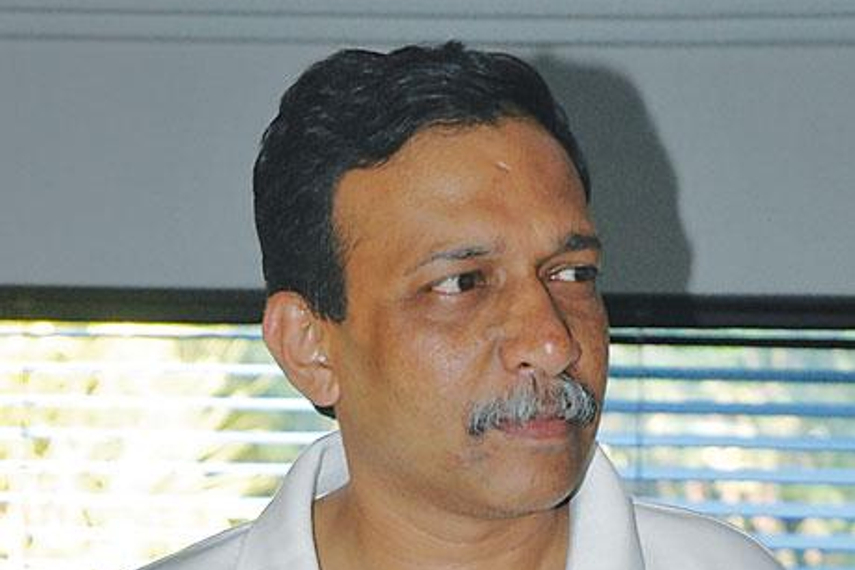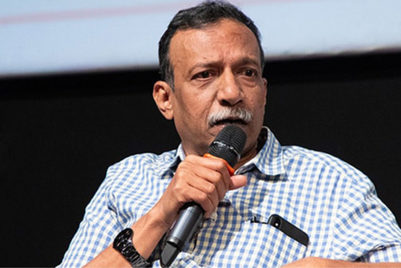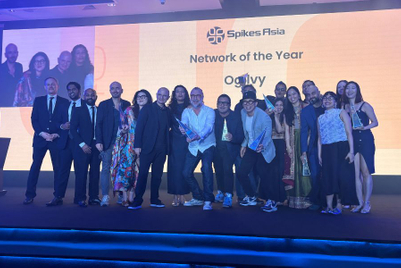
There are two areas of high interest and focus for me, personally, and they are advertising and media. If one had to narrow the latter down, it would be news media.
This post’s about news media, especially television news media.
I’ve been a glutton for news ever since I could read. Our house was full of newspapers; we got all the papers from Calcutta, where we lived, obviously, but we also got a whole host of newspapers from outside Calcutta. I’ve read papers like the Searchlight, the Hitavada, and so on. Some of these outstation papers I read for the cartoons (almost all had editorial cartoons those days), some I read for the features. For example, I read Hindu for Art Buchwald and William Safire, The Times of India for the crossword, and so on.
There was no need to read other papers for the news. There was no differentiated news in those days (except for the local pages). The front pages of all the papers were more or less the same.
The other source of news, in the early days, was the radio. One listened to All India Radio’s news programmes to get the establishment view on what mattered (again, it was just news; very little analysis) and to BBC Radio for the ‘international’ and ‘balanced’ view.
In the 80s came TV, and with it, news television. You also had the news-on-video, stuff that India Today launched.
Finally, with the 90s came news television with Prannoy Roy and STAR News.
That was a milestone in Indian news media. Here we had a private channel which was implicitly trusted.
STAR News and Dr. Roy seemed to be able to feel the pulse of the nation, understand the hopes, aspirations and concerns of the nation.
The happy trend continued with Aaj Tak, and in another (but similar) genre, with CNBC TV18. It was good for the country; trusted news sources are always good for the country. These channels all seemed to understand what the concerns of the citizens were.
Then we had the proliferation of news channels as the cost of transponders fell sharply and as the cost of other infrastructure came down as sharply as well. Viewership fragmented – and revenues fragmented, too.
And the channels started staring at each other…
… rather than what mattered to those who were watching the channels.
On the news front, they’ve become, in a way, almost indistinguishable clones. They report on the same issues, they deliver the news in the same manner.
The bigger issue is in the analysis and the opinion.
They seem to have lost their touch and feel for what the consumers care about and are worried about.
They are experts at post-mortems rather than in anticipation. The post-mortems, because the news in such cases is already in the public domain, are clones of each other as well.
Added to this is their short-term focus – and their inability to commit themselves to a hard position.
Because of their prevarication and tentativeness, they are no longer able to influence or pressurize the government of the day – and, in so doing, lose the confidence of their viewers.
There are myriad issues that the environment has raked up over the last year or two. News TV (and other news media) jumps in to take credit for various exposes and governmental decisions, but, if one takes a long, hard look, it becomes increasingly important that it was not the pressure from the media, but the imperatives of politics, which forced the government hand.
The next few months will be crucial to the credibility of news television as it is today. What happens to those involved in the various telecom scams? To the real estate scams? To politicians who commit crimes? To the high and mighty in the private sector who aid and abet various crimes? To the black money in Swiss (and other) international bank accounts?
News TV has never had it so good as far as opportunities go.
Will they take advantage – or play safe?
If they do the latter, they will be reduced to entertainment channels – without the influence that their viewership gives them.
And it’s good to remember, it’s only the influence that gives them the disproportionately high yields that they command….


.jpg&h=334&w=500&q=100&v=20250320&c=1)
.jpg&h=334&w=500&q=100&v=20250320&c=1)
.jpg&h=334&w=500&q=100&v=20250320&c=1)




.jpg&h=334&w=500&q=100&v=20250320&c=1)





.jpg&h=268&w=401&q=100&v=20250320&c=1)
.jpg&h=268&w=401&q=100&v=20250320&c=1)



